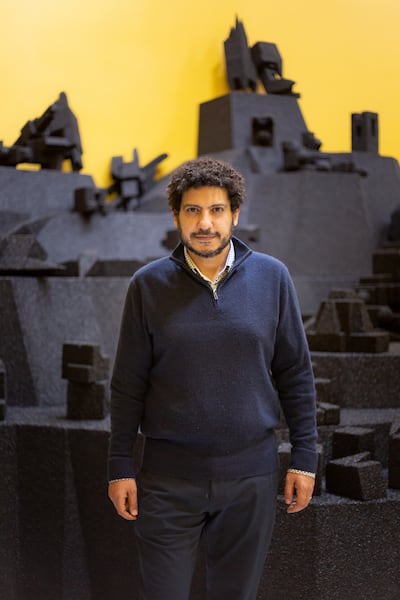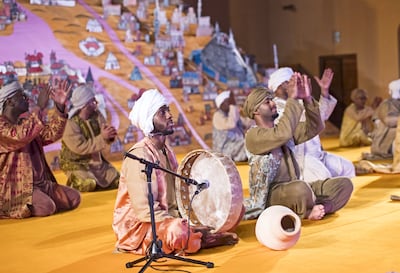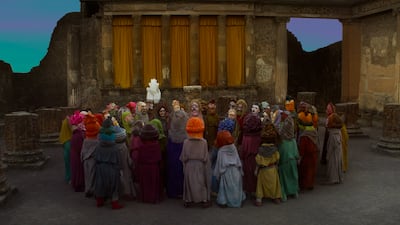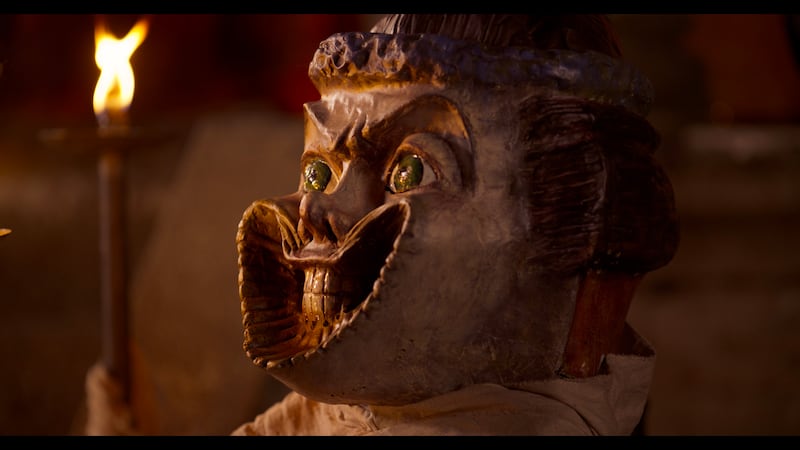Egyptian artist Wael Shawky will be a major presence at the Venice Biennale, representing the Egyptian national pavilion. Starting on April 17, he is set to stage a solo exhibition at the Museo di Palazzo Grimani, as well as display work within a presentation of the collection of Qatar Museums.
Shawky is known for his performances and videos that sift through hardened understandings of the past to force us to rethink what we know.
For the Egyptian pavilion, he is creating the video Drama 1882, which hones in on a specific moment at the tail end of the Urabi revolt, a nationalist uprising in Egypt. In 1882, violence spread across Alexandria – Shawky’s hometown – after what is believed to have been a dispute between a British council officer from Malta and a man whose donkey had just ferried him across town. Around 250 Egyptians are understood to have been killed, as well as 50 Europeans.
The riots were part of a larger revolt led by Ahmed Urabi, a military officer from the peasant class who sought to depose the Egyptian leader and dislodge British and French influence in the country. Though it is considered one of the first instances of Egyptian nationalism, the event was also a Pyrrhic victory. After the unrest, the British moved to officially take control of the country, and their colonial rule held well into the twentieth century.

For Shawky, whose work zeroes in on meeting points between the Arab region and Europe, the moment’s sheer uncertainty gives way to artistic possibility. That stems from the status of Urabi – later vilified by the British – as a nationalist hero, to basic understandings of what happened, starting with the dispute between the two men.
“You have the written history, but you try to work with it as a human creation,” he says. “With the Urabi Revolt, we know the results. But what happened to lead to the result has always been in doubt.”
Shawky made the video at a historic open-air theatre in Alexandria, working through the rain and cold temperatures of the winter months with a cast and crew of nearly 400. The work is a musical, and Shawky asked the actors to perform in slow motion, often at different speeds to each other. Despite this formal estrangement, the work is relatively straightforward. For the first time, he used professional actors and has called the work a “documented play” as he leans into drama as an art form, as the title implies.
“For all the previous films, I was always trying to escape drama, by using marionettes or kids or masks,” he says. “This time, I felt it was a challenge to connect history to theatre.”
How we perceive history is as important to Shawky as what that history is. In the same way that water cannot be contained without a vessel, history cannot be passed on without a story, narrative or song that communicates it. In his beautiful The Song of Roland: The Arabic Version (2017), Shawky revisited the 11th-century Chanson de Roland – an immensely important and popular song that circulated in France for centuries – that describes the victory of the Emperor Charlemagne’s nephew over the Saracens, or Muslim Arabs.

Shawky’s version is sung in the equally ancient style of fidjeri, a form of vocal instrumentalisation that derives from pearl-diving in the Gulf. The work is a neat reversal of authority – the story told from the other point of view – but also a celebration of the Saracens. The performers, seated with drums on the stage, wear period costumes of richly embroidered linen and silk that suggest wealth, sophistication and embedded tradition, as they narrate their exploits in battle.
Shawky addressed another pitched confrontation between the Arab region and Europe in his trilogy Cabaret Crusades (2010-2015), a remarkably affecting work that reimagined the Crusades through marionette theatre. More than a hundred intricately costumed puppets, which Shawky found rotting in a basement of a collection in Turin, reframe the stories of the wars, showing how Arabs fought against each other, as did Europeans, rather than simply East versus West showdowns.
A departure from this black-and-white understanding also occurs in I Am Hymns of the New Temples (2023), which will have its premiere in Venice at the Palazzo Grimani. The work presents Pompeii as a spectacular site of myth and history intertwined, pulling together stories from Greek and Roman mythology, multiple religions and the enduring fascination after its rediscovery in 1700s. Filmed in Pompeii itself, it is the first release from the new contemporary art programme launched by the archaeological site.

Shawky’s presence at Venice Biennale is also significant because it is one of the first times he has shown work affiliated with Egypt since the revolution. For the past decade he has mostly travelled on the biennial and museum circuit, though he still works in Alexandria at the art school he established, Mass Alexandria.
The Egyptian pavilion is in some senses a homecoming – but it is also an organisational feat. The invitation came with little material support from the Ministry of Culture, nor – unusually – a curator, and Shawky has taken control of everything from funding to logistics.
He asked his longtime friend Mai Eldib, the Sotheby’s senior vice president for the Middle East, to help with fund-raising and organisational logistics. She assembled a group of private patrons in Egypt – none of whom had previously contributed to the Venice Biennale – to underwrite the cost of production and exhibition, with Shawky’s four galleries contributing further financial support.
Egyptian writer Yasmine El Rashidi took over publication for the project, and is now working as artist and curator with a team to give feedback on Shawky's work and its timely reframing of a key moment in contemporary history.
“This is really the moment to reflect on these historic events, but also the mapping of borders and how it all links to the present day,” says El Rashidi. “Right now there is a sort of crumbling of the global order, and Wael’s work speaks to that in its own subtle and ruminative way.”
Wael Shawky’s Drama 1882 will be at the Egyptian Pavilion in the Giardini for Venice Biennale from April 20 to November 24. I Am Hymns of the New Temples will be in his solo show at the Museo di Palazzo Grimani from April 17 to June 30. His work will also be part of the exhibition Your Ghosts Are Mine: Expanded Cinemas, Amplified Voices, organised by Qatar Museums at the Palazzo Franchetti from April 19 to November 24.







